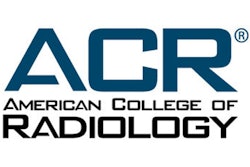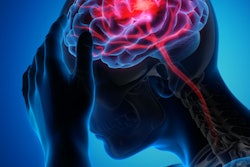Dear CT Insider,
CT imaging has proved itself to be a valuable tool throughout the COVID-19 pandemic. In this edition's Insider Exclusive, we're highlighting research from the recent RSNA meeting that shows CT's role in COVID-19 patient care as both a diagnostic modality and an effective way to predict patient outcomes and track the disease's long-term effects.
The RSNA meeting served up a rich variety of clinical data regarding CT. Check out our coverage of the conference, including the following:
- A story on how researchers used dual-energy CT to diagnose bone disease in the fossilized jaw of a Tyrannosaurus rex
- A video in which the Mayo Clinic's Cynthia McCullough, PhD, discusses the emergence of photon-counting CT
- A story on how including more Black smokers in lung cancer screening would reduce mortality rates from the disease
- An article about how a relatively simple pattern-based CT training module improves the performance of novice readers for spotting interstitial lung disease
Lung cancer screening continues to be a hot topic in the world of CT. In fact, in November the U.S. Centers for Medicare and Medicaid Services moved to expand payment for CT lung cancer screening by lowering the starting age from 55 to 50 and smoking history from 30 pack years to 20 -- a decision in line with the U.S. Preventive Services Task Force's updated guideline released in March.
But will the change affect all eligible individuals equally? Some say no, including the American Lung Association, which released a report that shows the overall trend of increased lung cancer survival doesn't seem to apply to racial and ethnic minorities.
Additionally, find out how using conebeam CT for dental imaging could help prevent strokes, and learn how poor oversight of radiology residents may have contributed to a lack of CT follow-up for a veteran with lung cancer who eventually died of the disease.
A new year is on the horizon, and it's likely that new innovations and uses for CT will appear. Check in regularly with our CT Community to stay up to date on how the modality contributes to patient care.





















